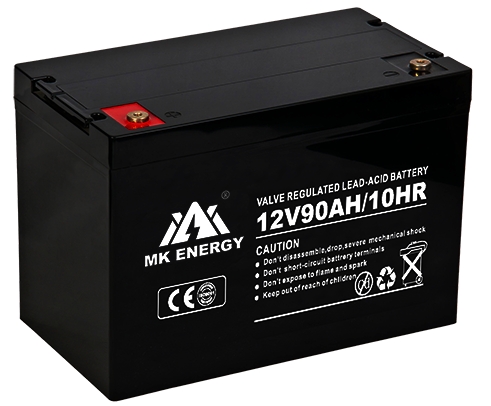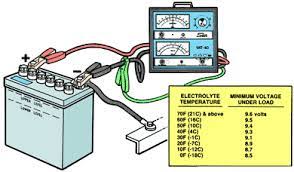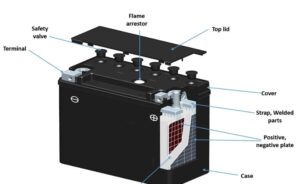How do you tell if your lead acid battery is damaged?
Lead acid batteries can be found in various industries and applications. In addition to daily use, we also need careful maintenance to ensure they can maintain good function for a long time. Therefore, we need to identify signs of damage to lead-acid batteries proactively. Below, we will tell you how to determine whether the lead acid battery is damaged and how to maintain it well.
Recognize the external signs of lead acid battery damage!
The most common response to potential damage is a visual inspection. Inspect the lead-acid battery casing for leaks, cracks, or unusual swelling. Such external manifestations may indicate internal degradation or electrolyte leakage, which can compromise the battery’s integrity. Also, check the terminals for corrosion, as this can prevent the efficient flow of electricity, reducing the battery’s overall performance. Visually checking electrolyte levels is critical, as low levels could mean overcharging or other problems. Discoloration of the battery case, especially near the vents, indicates possible overheating or excessive gas release during charging.
voltage test of lead acid batteries
We can measure the voltage at the battery terminals using a multimeter to understand its health. Generally, a fully charged lead acid battery typically has about 12.6 volts. Deviations from this baseline may indicate sulfation—a common problem in which lead sulfate builds up on battery plates, reducing their ability to hold a charge. Vigilance and regular monitoring of voltage levels can identify potential issues and enable timely intervention. Advanced data logging systems can also capture voltage fluctuations over time, allowing a comprehensive analysis of the battery’s performance patterns.
Specific gravity test for in-depth analysis
To conduct the test, the specific gravity of the electrolyte is measured using a hydrometer. A lower specific gravity indicates a lower state of charge and may indicate the need for recharging. Conversely, a higher specific gravity means that the battery is entirely or overcharged, which can lead to problems such as electrolyte delamination or plate corrosion. The purpose of this is to be able to identify changes in individual cells within the battery pack. A reading is taken from each cell using a hydrometer and compared to our provided parameters. Regular specific gravity testing can detect early signs of battery degradation, enabling proactive maintenance and preventing unexpected failures.
Lead acid battery internal inspection
While external clues provide essential insights, an internal inspection is often necessary to fully assess a Batería de ácido sólido‘s health. If your batteries have removable caps, it’s worth double-checking the electrolyte levels in each cell. Low electrolyte levels may indicate a leak or excessive evaporation, which can cause irreversible damage. Additionally, checking battery plates for sulfation has become an indispensable step. Performing a precise and careful internal inspection can reveal critical details about potential problems within the battery. Internal resistance measurements are essential to diagnose a battery’s ability to transfer electrical current efficiently. Increased resistance may indicate sulfation, plate degradation, or other internal issues affecting performance.
Expert consultation and daily maintenance
You can communicate on our página web oficial or with our company’s professional and technical personnel to avoid problems caused by your improper operation. Routine maintenance also includes proactive measures such as cleaning terminals, replenishing electrolyte levels, and addressing early signs of damage, which can help extend the life of baterías de plomo ácido.
Al final
You can determine whether your lead-acid battery is damaged through the above methods. This is a crucial step for our long-term use. You can also consult our professional technicians online and tell them what happened. I hope this article can help you maintain your battery.




